Acne is a very common skin condition that affects people no matter what race, age, or geographical location. This is caused mainly by bacteria, hormonal changes, stress, environmental influences, and poor food choices.
However, most people aren’t aware that acne has several types.
In this article, we will enlighten you about the different types of acne and the possible solutions to cure it. This will also explain why there is no “one-size-fits-all” cure for acne.
Grade 1 or Type 1 Acne: Mild
The first type of acne or grade 1 acne is the mildest form of acne. It doesn’t cause major damage and is the easiest type of acne to treat. It lacks swelling, tenderness, and irritation and is generally not painful. This type of acne affects a limited area of the body.
It is usually temporary and heals on its own after a few days. Common forms of this acne include small red bumps or papules and non-inflamed whiteheads and blackheads.
The Fix: Facial washes with salicylic acid or benzoyl peroxide are effective in treating this type of acne. Blue Light Therapy also works to prevent the formation of acne-causing bacteria that may infect these uninflamed bumps.
Grade 2 or Type 2 Acne: Moderate
Type 2 acne is similar to Type 1 acne. The major difference is Type 2 is painful to touch and the swelling and redness are more pronounced. Pimples can range from small to medium-sized red bumps that are painful to the touch.
It is important to practice good personal hygiene and avoid touching the inflamed pimples. Most people cannot help popping their pimples which leads to scarring and infection.
The fix: Treatment of choice is over-the-counter topical antibiotics and topical retinoids. You may also opt to have prescription oral antibiotics if acne is not responsive to topical treatment.
Those who do not want to take oral medication may also elect to get Light therapy. It is a treatment often done in clinical settings but has been made more affordable and sustainable by Trophy Skin.
BlueMD LED Panel is an accessory you can buy with the RejuvaliteMD High-Power Ageless LED Treatment. BlueMD has a panel with blue, red, and infrared lights.
The Blue light penetrates the skin, targeting the acne-causing P. acnes bacterium and causes it to starve and die off. The red and (invisible) infrared lights help ease the inflammation brought about by acne. Light therapy helps skin heal faster compared to just waiting to complete the natural healing process of acne.

Grade 3 or Type 3 Acne: Moderately Severe
Type 3 acne or nodulocystic acne are painful medium to large nodules and pustules and are accompanied by inflammation and swelling. Large whiteheads and huge, sore bumps are common.
It takes approximately 10-14 days for each pimple to dry out. Type 3 acne is usually unresponsive to topical acne medications because the infection is located deeper in the skin. Because of this, type 3 acne has a greater chance of producing pitting scars or raised acne scars.
The fix: Oral antibiotics and retinoids are the treatment of choice for Type 3 acne.

Grade 4 or Type 4 Acne: Severe
The most severe form of acne is severe nodulocystic acne or type 4. This type of acne causes lasting skin damage and scarring. A common feature of Type 4 acne is the formation of large, irregular nodules or large cysts. It is not responsive to topical over-the-counter acne medications.
The infection is located deep in the skin and causes wide irritation, swelling, and redness. Because of the location of infection, this type of acne can cause extensive tissue damage and can lead to heavy scarring.
The fix: Type 4 acne should be treated as aggressively as possible because it can be physically and emotionally stressful. This kind of acne requires oral antibiotic or retinoid treatments and it should be closely monitored by a dermatologist. Accutane may be the last resort to treating more aggressive acne.
Although there is a wide array of pimple-fighting remedies available in the market today, it is still advisable to consult a dermatologist so you can work out what’s the best acne remedy there is for you.
Most people try out different products hoping that they can magically wipe away acne overnight but it doesn’t work that way. Most people think that if they scratch off their pimples, it will go away for good, not knowing that they are just causing more damage.
Like we mentioned earlier, there is no “one-size-fits-all” remedy for acne. The important thing is you figure out what’s best for your acne type.
Hormonal Imbalances and Acne
One of the most common yet overlooked factors that contribute to acne is hormonal imbalance. Hormonal fluctuations, particularly an increase in androgens, can trigger excessive oil production, leading to acne formation. This condition is often referred to as hormonal acne, which typically affects the jawline, chin, and neck areas. Hormonal imbalances are particularly common in teenagers due to puberty but can also affect adults, especially women during menstrual cycles, pregnancy, or menopause.
In some cases, hormonal acne may manifest as moderate to severe acne, which can include inflamed lesions such as papules, pustules, and nodular acne. Hormonal imbalances can also worsen existing acne conditions, making acne treatment more challenging. Treatment options for hormonal acne often include oral contraceptives or anti-androgen medications, but it's essential to see a dermatologist for a personalized treatment plan.
Stress and Acne: A Vicious Cycle
Although acne vulgaris has many causes, stress is a significant contributor that often goes unnoticed. Stress can increase the body's production of cortisol, a hormone that can exacerbate oil production and cause pimples to form. This hormonal response leads to clogged pores and creates an ideal environment for the acne-causing bacteria to thrive, contributing to the development of different types of acne, including comedonal acne and inflammatory acne.
Moreover, stress doesn't just contribute to acne; it can also make acne more difficult to manage. When under stress, people tend to touch their face more frequently or pick at existing acne lesions, leading to acne scars and a worsening of the condition. To effectively reduce acne related to stress, stress-management techniques like meditation or regular exercise can be beneficial alongside traditional treatment of acne.
Diet: How Food Choices Impact Acne
While acne is primarily caused by hormonal changes and genetics, diet also plays a role in acne development and severity. Foods high in refined carbohydrates and sugars can spike insulin levels, which in turn promotes oil production and increases the likelihood of clogged pores. A diet rich in dairy products has also been linked to severe acne, possibly due to the hormones present in milk.
It’s important to note that diet alone does not necessarily cause acne, but it can contribute to worsening existing conditions. Adjusting your diet by incorporating more whole foods, fruits, and vegetables, while reducing processed sugars and refined grains, may complement your acne treatment regimen. Consulting with a dermatologist or nutritionist can help you tailor a diet that supports healthy skin and reduces the risk of developing acne.
Environmental Factors and Acne
Environmental factors like pollution and humidity can also have a significant impact on your skin, leading to the worsening of acne symptoms. Pollution can clog pores with dirt and debris, while excessive humidity can make the skin more prone to producing oil, both of which can lead to more frequent acne flare-ups. These environmental triggers often contribute to mild acne, but can also escalate to more moderate or severe acne conditions.
The good news is that simple lifestyle changes, such as washing your face regularly and using non-comedogenic skincare products, can help manage environmentally triggered acne. A thorough skincare routine that involves cleansing to remove dirt and dead skin cells can be an effective treatment in managing acne caused by environmental factors.
Medications and Acne
Certain medications, such as corticosteroids, lithium, and some anticonvulsants, are known to cause acne or make existing acne worse. This is sometimes referred to as drug-induced acne, and it often presents as moderate to severe acne, with painful cystic lesions or nodulocystic acne being common. In such cases, acne treatment requires more than just topical solutions; it’s crucial to consult a healthcare professional to adjust the medication or find alternative treatments.
For those experiencing acne related to medication, a dermatologist may recommend alternative treatment options, such as isotretinoin treatment or tailored acne therapies. Identifying and addressing the root cause is essential for successful management of this type of acne.
Genetic Predisposition and Acne
A family history of acne can significantly increase your risk of developing acne, especially severe forms like nodular acne or acne conglobata. Genetics play a large role in how your skin responds to hormonal fluctuations and environmental factors, which in turn affect acne severity. If your parents or siblings have experienced severe acne, it’s more likely that you might also face similar challenges.
Though you can’t change your genetics, early intervention can help reduce the impact of acne on your skin. Starting an effective treatment regimen at the first signs of acne can minimize scarring and long-term skin damage. Seeing a dermatologist for treatment early is key to managing genetically influenced acne.
Over-the-Counter Products: Do They Help?
Many people turn to over-the-counter acne products as a first step in their treatment journey. While these products can be effective for mild acne, such as blackheads and whiteheads, they are often not strong enough to treat more severe forms like cystic acne or nodulocystic acne. Common ingredients like benzoyl peroxide and salicylic acid are used to treat acne because they help to reduce inflammation and remove dead skin cells, but their effectiveness varies depending on the individual.
If over-the-counter acne treatments do not yield results after a few months of use, it’s best to see a dermatologist. A professional can prescribe stronger medications or develop a more comprehensive treatment plan to address moderate to severe acne effectively.
Acne and Long-Term Management
Even with successful treatment, acne can be a long-term condition that requires ongoing management. Acne may flare up again due to hormonal changes, stress, or other factors. Thus, a long-term treatment plan that includes both topical treatments and lifestyle adjustments is often necessary to keep the condition under control. Acne scarring is another common concern, and treatments like laser therapy or chemical peels may be recommended for those who have developed significant scars.
For many individuals, acne treatment is not just about clearing the skin but also about preventing future breakouts and minimizing acne and acne scars. Consistency is key, as it can take months of treatment to see significant improvements. Seeing a dermatologist regularly ensures that you are on the right track to managing your acne over the long term.
Summary of Key Points:
- Hormonal imbalances and stress are major triggers for acne.
- A poor diet, particularly one high in sugars and dairy, can exacerbate acne.
- Environmental factors like pollution and humidity can worsen acne symptoms.
- Certain medications can cause acne or make it worse.
- A family history of acne increases the risk of developing severe acne.
- Over-the-counter acne products may help with mild cases but are often not enough for severe forms.
- Long-term management is crucial to prevent acne recurrence and minimize scarring.
Consulting a dermatologist and developing a personalized treatment regimen is the best way to achieve clear, healthy skin.

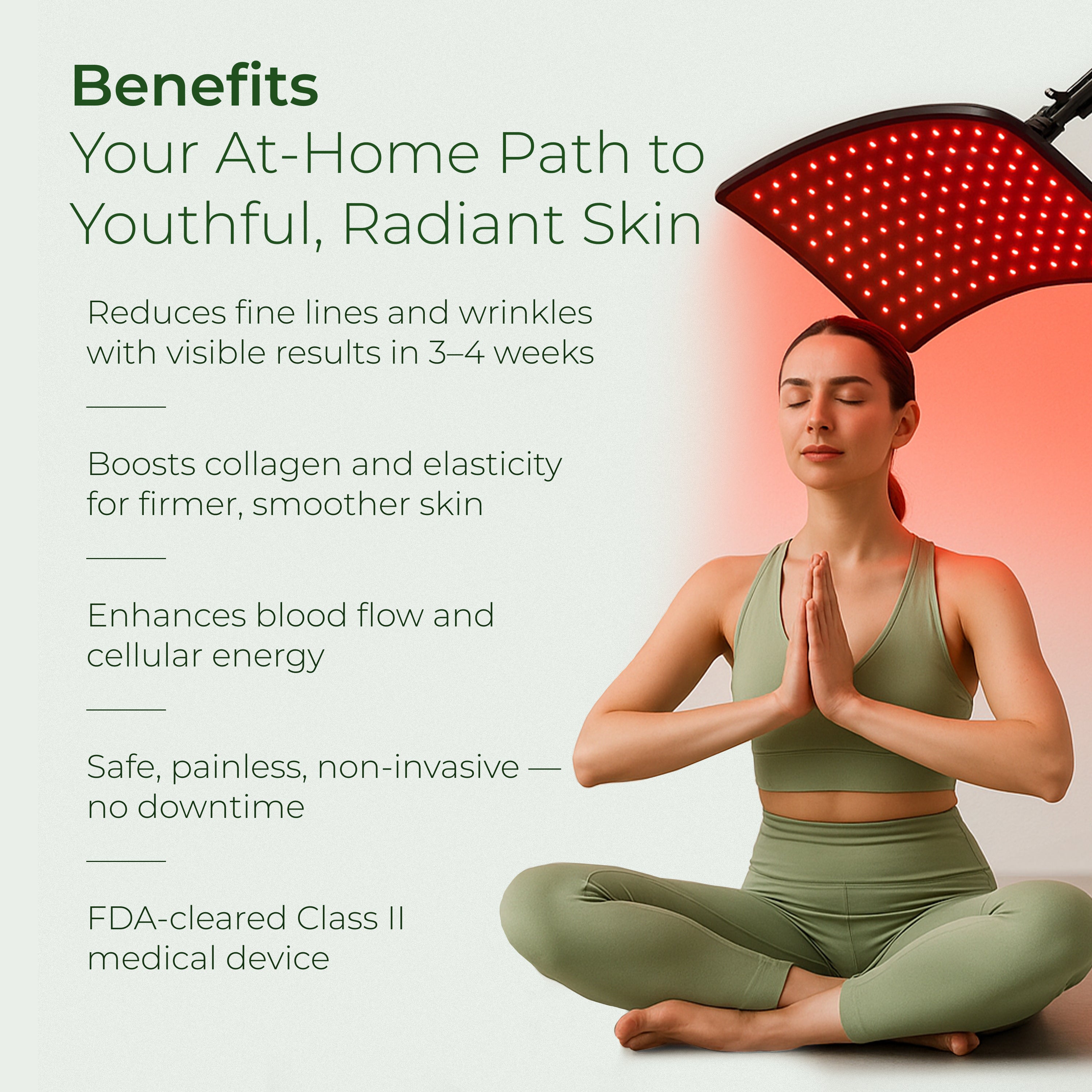
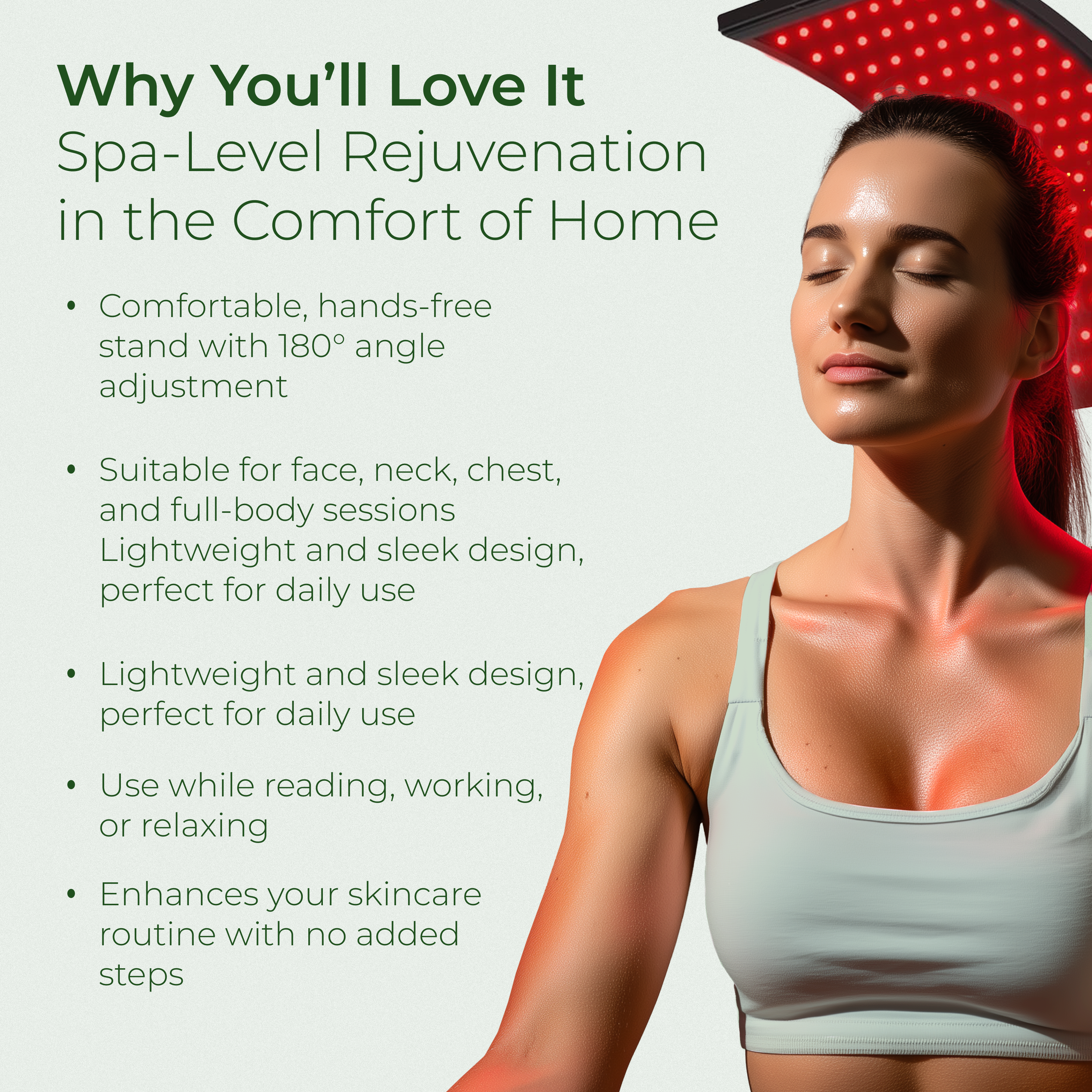
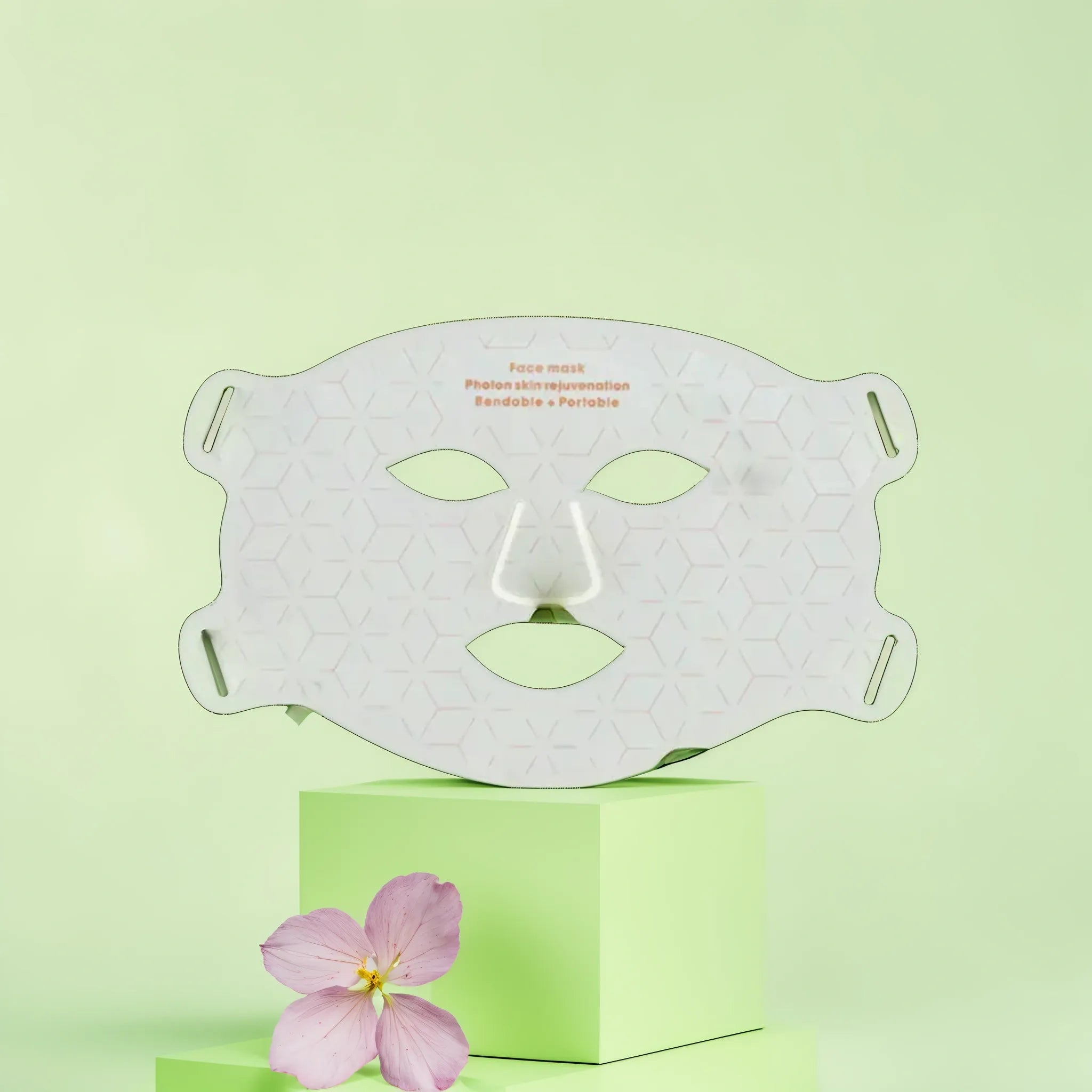
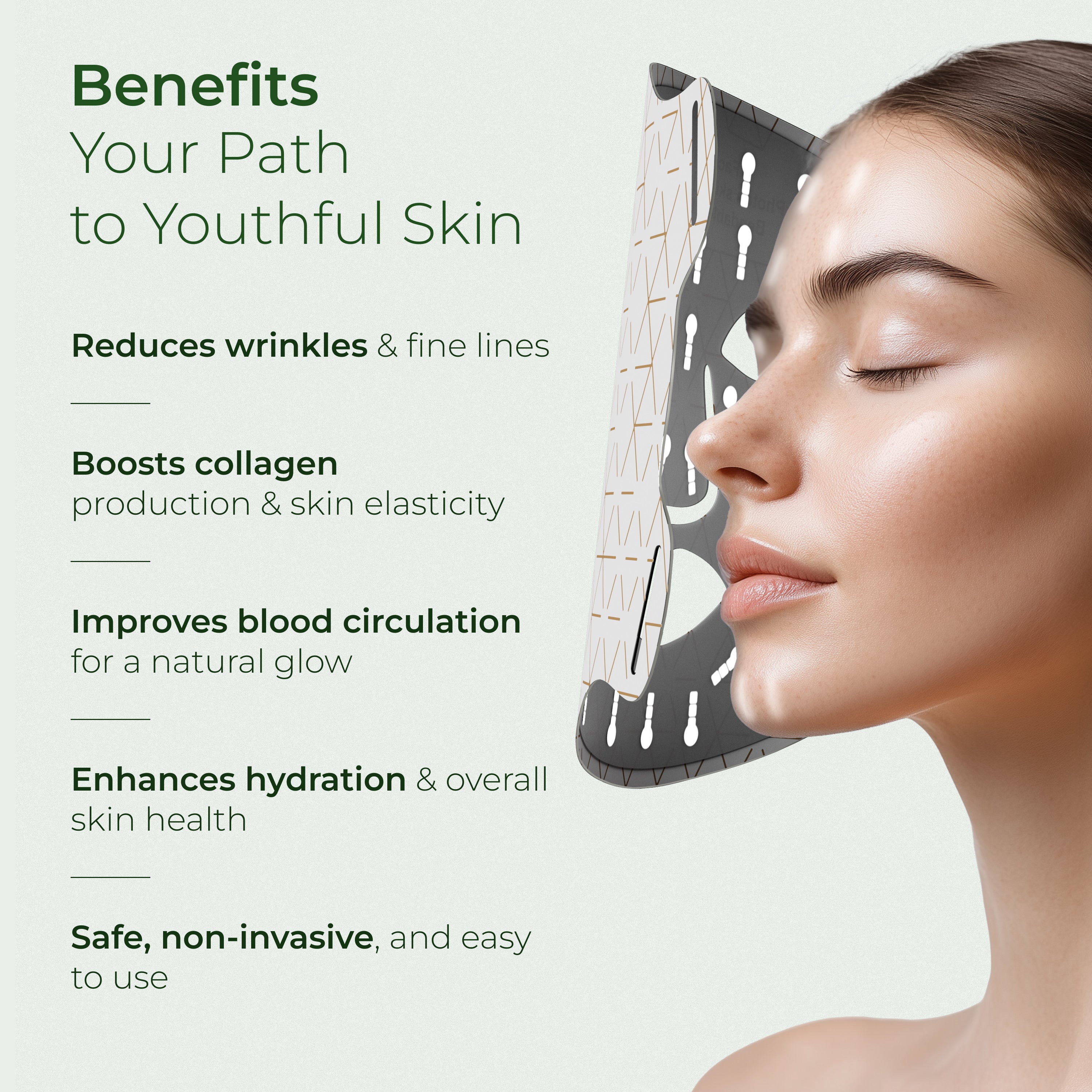


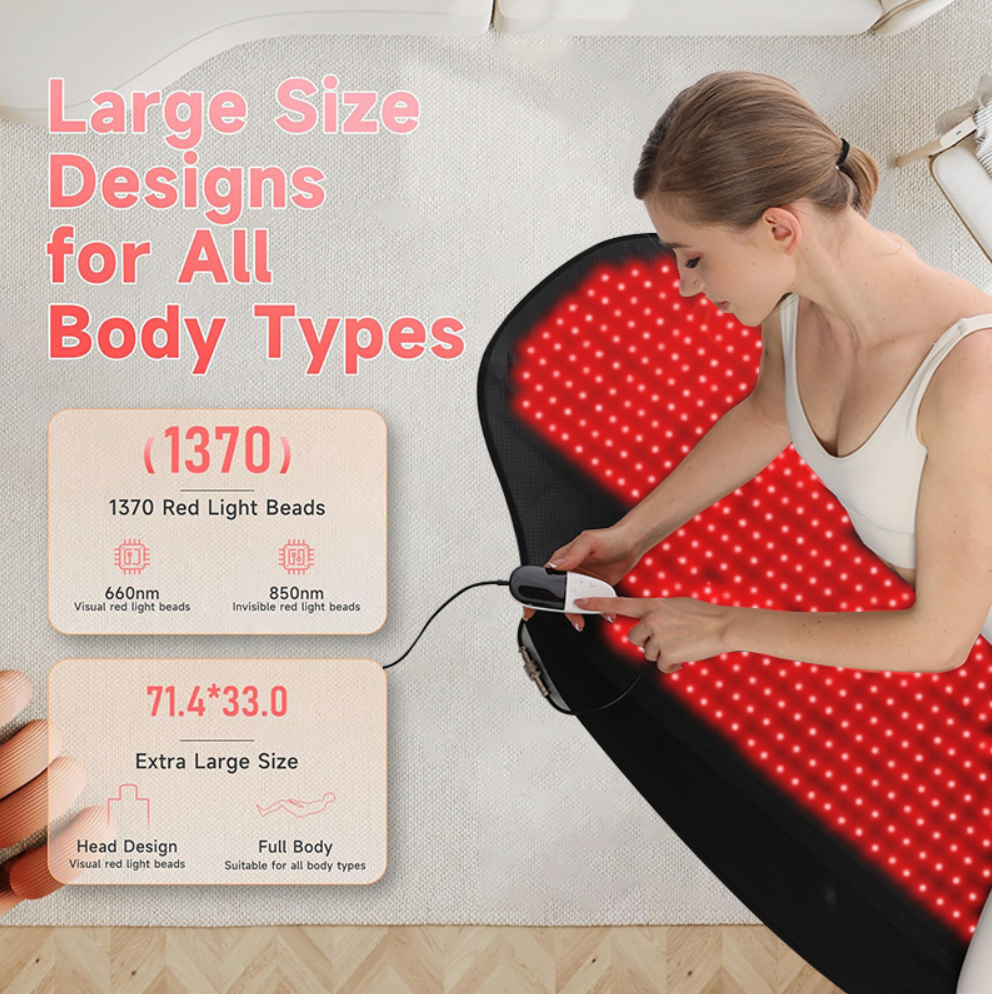
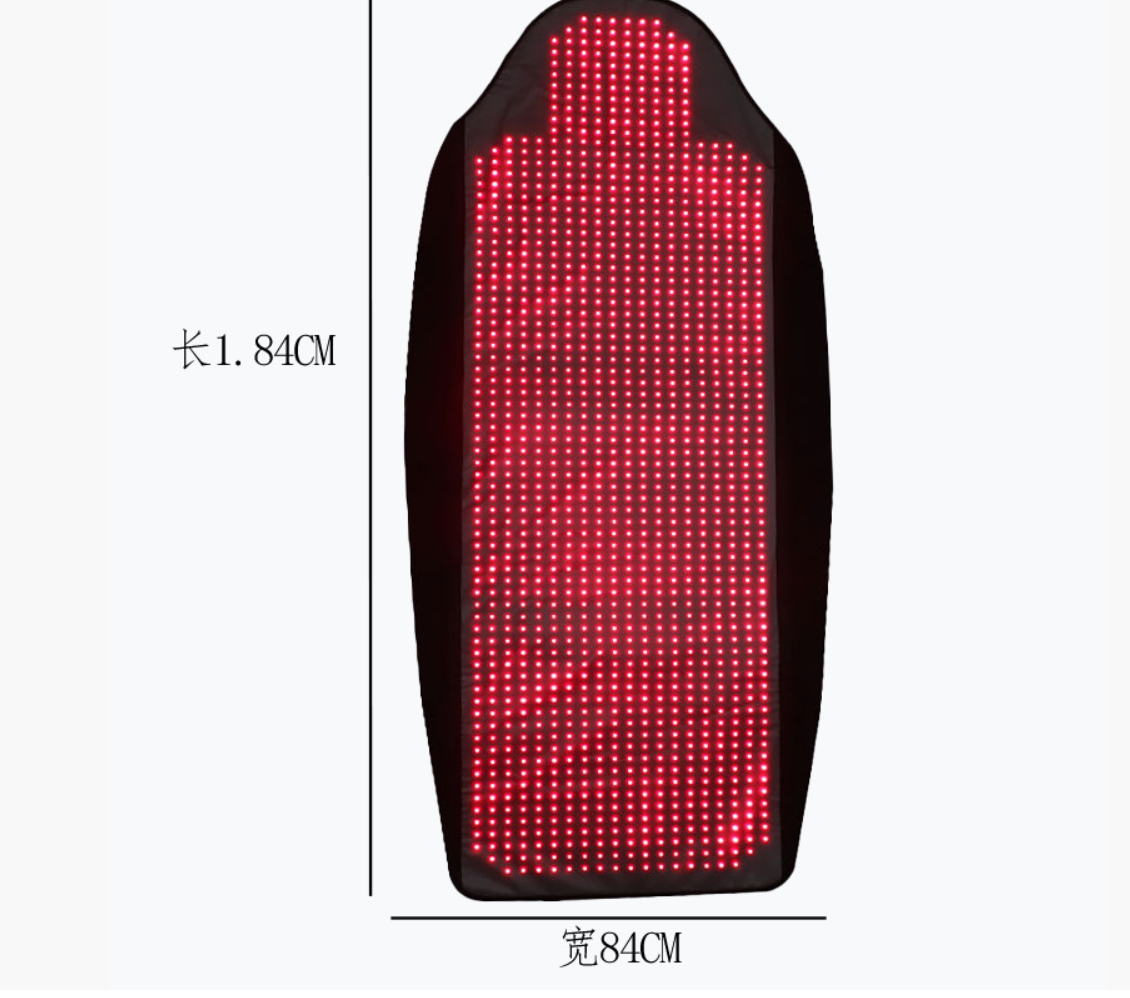
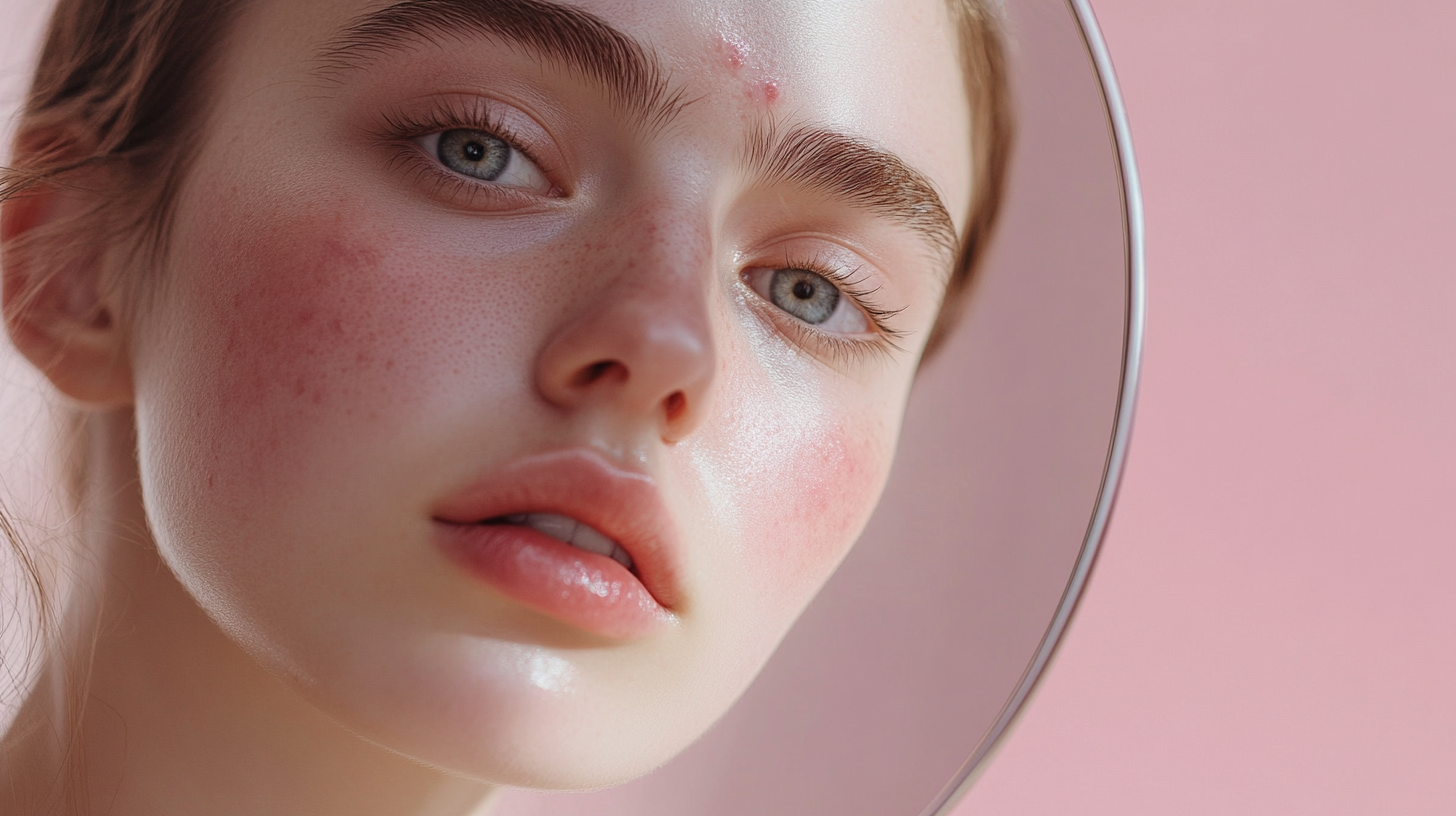
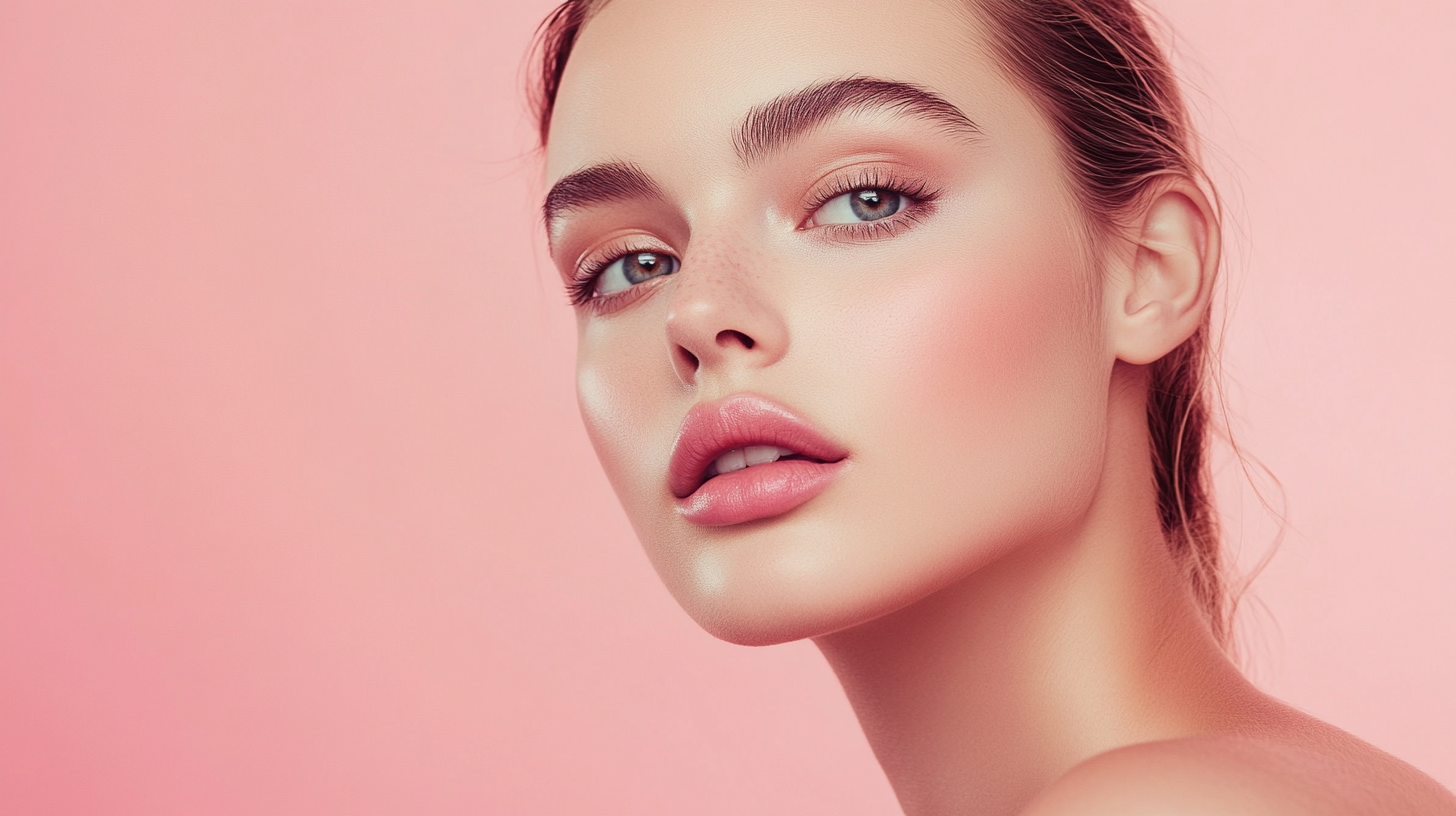
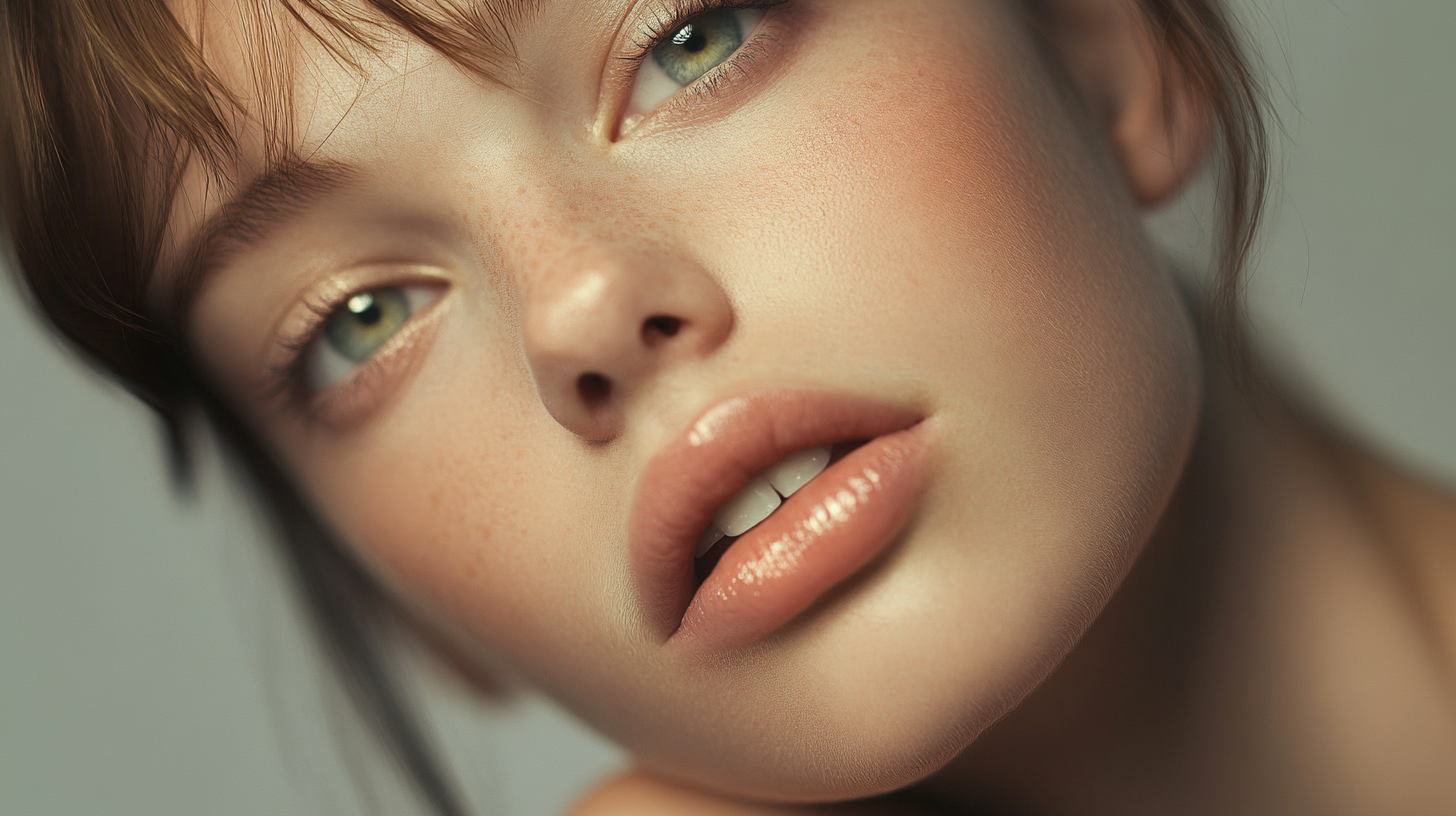
Dejar un comentario
Este sitio está protegido por hCaptcha y se aplican la Política de privacidad de hCaptcha y los Términos del servicio.